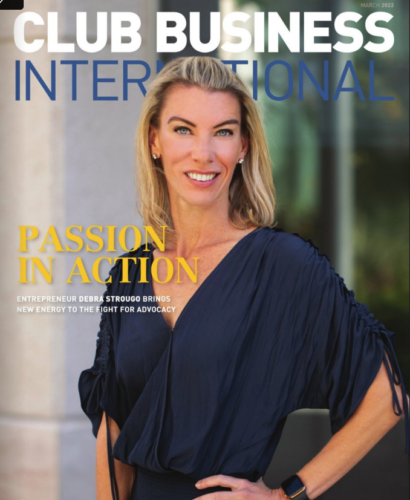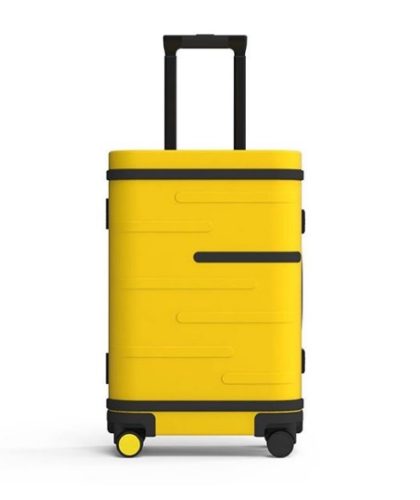Australia: Traditional Health Club operators are under pressure and consolidating
The fitness industry is getting a workout of its own. Traditional gym operators are under pressure and consolidating.
The growth of 24-hour no-frills fitness clubs and alternative fitness models, including personal training, outdoor group training and yoga and pilates studios, is forcing existing players to work harder to retain membership. Gym operators are also looking at new ways of increasing business, including linking up with health service providers.
This is affecting some more than others. Last week Ardent Leisure, the owner of AMF and Kingpin bowling centres and Dreamworld theme park on the Gold Coast, announced a $61 million deal to buy the Fenix Fitness clubs chain. Ardent, which runs fitness chains under its Goodlife Health Clubs brand, is taking over 10 of Fenix’s clubs throughout Australia.
Its latest acquisition comes less than three weeks after Ardent made a $5.4 million purchase of Fitness First’s entire South Australian portfolio and one of its clubs in Essendon, Victoria.
Fitness First, which in June put 24 of its 97 Australian gyms up for sale as its British parent company aimed to clear $890 million debt, remains the biggest player locally, with about 300,000 members.
Ardent’s spate of acquisitions now puts it in second place, with 63 Goodlife clubs and more than 170,000 members. Ardent chief executive Greg Shaw says Goodlife is a key performer in the group’s portfolio, generating a 21 per cent rise in pre-tax earnings of $20 million last financial year.
Shaw isn’t bothered by the rise of 24-hour gyms. New figures from Fitness Australia show that over the past five years, 24/7 chains and fitness studios have reported 11 per cent and 12 per cent average annual growth rates in revenue and membership respectively – well above the industry average rate of 4 per cent apiece.
The global financial crisis saw the influx of these low-cost American-style gyms, such as Australia’s fastest-growing franchise Jetts Fitness, which has about 140,000 members, and other players including Snap Fitness and Anytime Fitness.
These gyms typically are smaller and manned by fewer staff but 24/7 access and more flexible gym membership have proved popular.
Shaw says far from eating into his company’s profits, basic-service gyms have attracted people who would have not chosen a full-service club at first contact but may later want to upgrade.
“There’s a big difference in the product range and we’re finding a lot of those express club members are now stepping up to be members of a full service club,” he says.
Goodlife chief executive Greg Oliver, who has been in the fitness industry for more than 30 years and sits on the board at Fitness Australia, says that while the industry has undergone change and consolidation, an ageing population and growing obesity rates mean that regardless of their model, fitness providers have room to grow.
As the growth of chains including Curves has shown, more women and older people are also looking to get fit.
Fitness Australia figures show that about 18.3 per cent of the population – about 3.4 million adults – participated in organised fitness activities in 2009-10, a 2.1 per cent increase from 2005-06.
The current industry, now worth $2.9 billion, is estimated by IBISWorld to grow over the next five years at an annualised rate of 3.6 per cent to reach $3.4 billion by 2016-17. The report says older customers will continue to drive growth.
Fitness Australia chief executive Lauretta Stace says that because older people will turn to fitness to have a healthier lifestyle, the industry will need to be better regulated. She’s pushing for governments to introduce national registration and nationally consistent codes of practice. She also believes the changing demographic will see more links between fitness providers and health-care professionals.
“I don’t see any other way for us as a society to address inactivity, which leads to a high risk of chronic disease,” she says.
“But in order to garner support with medical and health professionals, we need to collaborate with them more effectively. That’s what will drive growth.”










































































